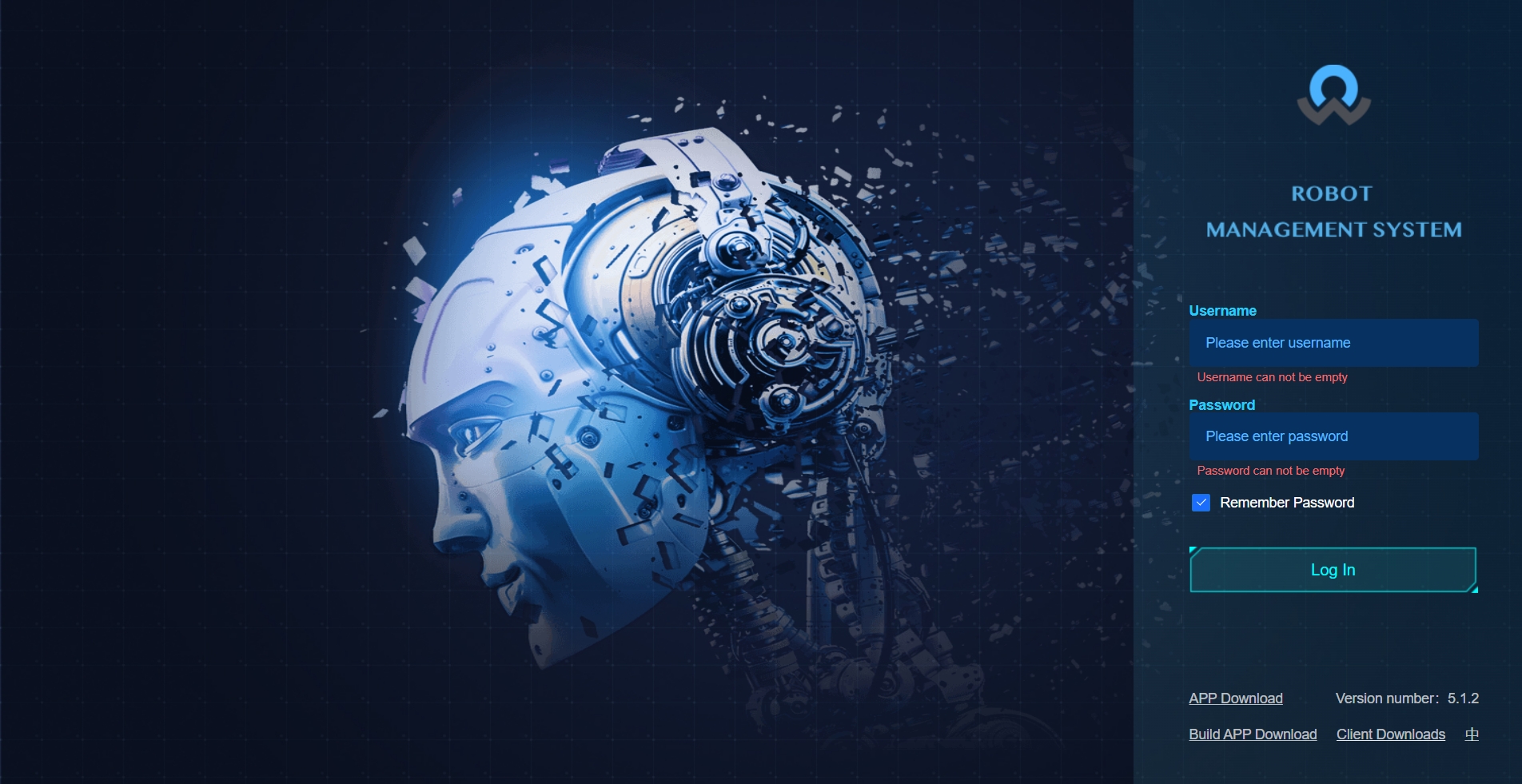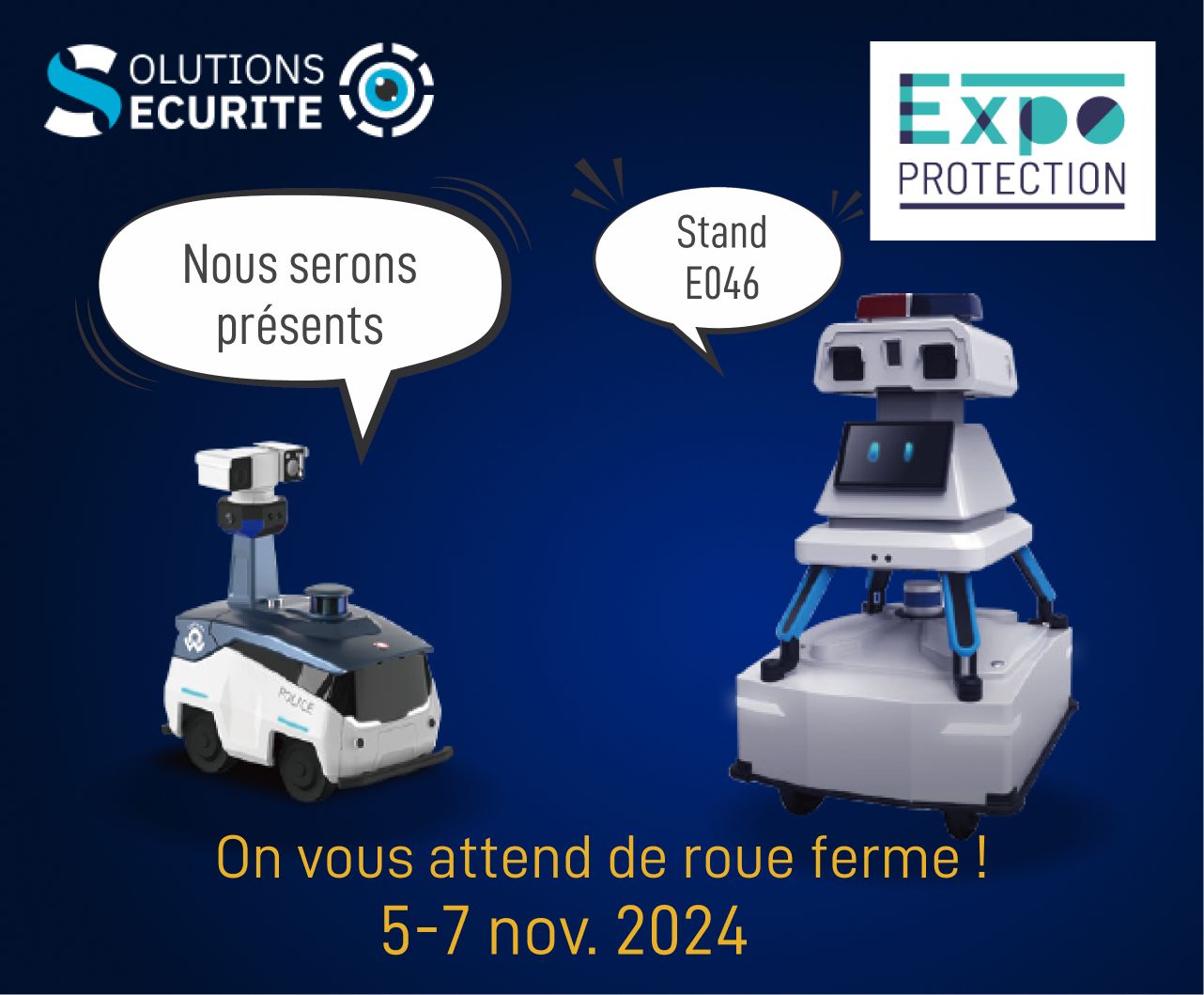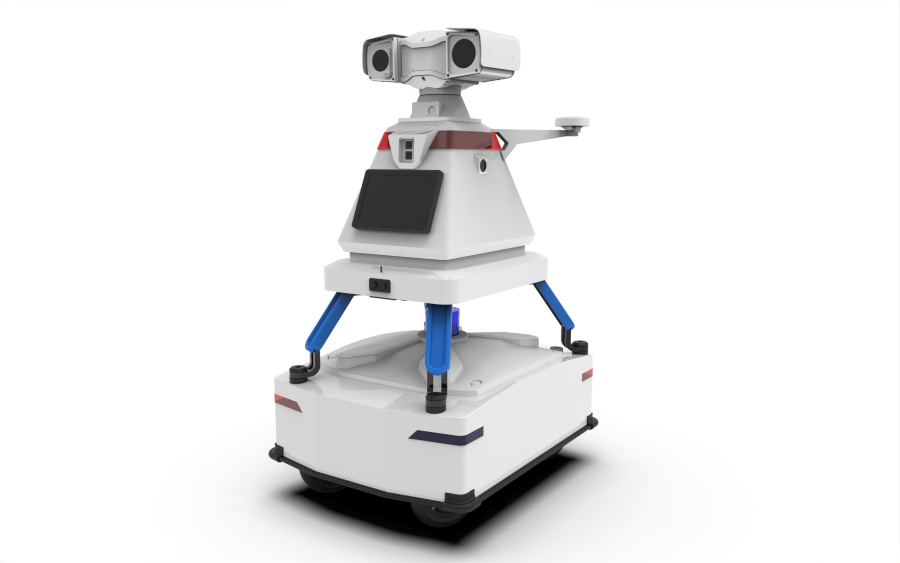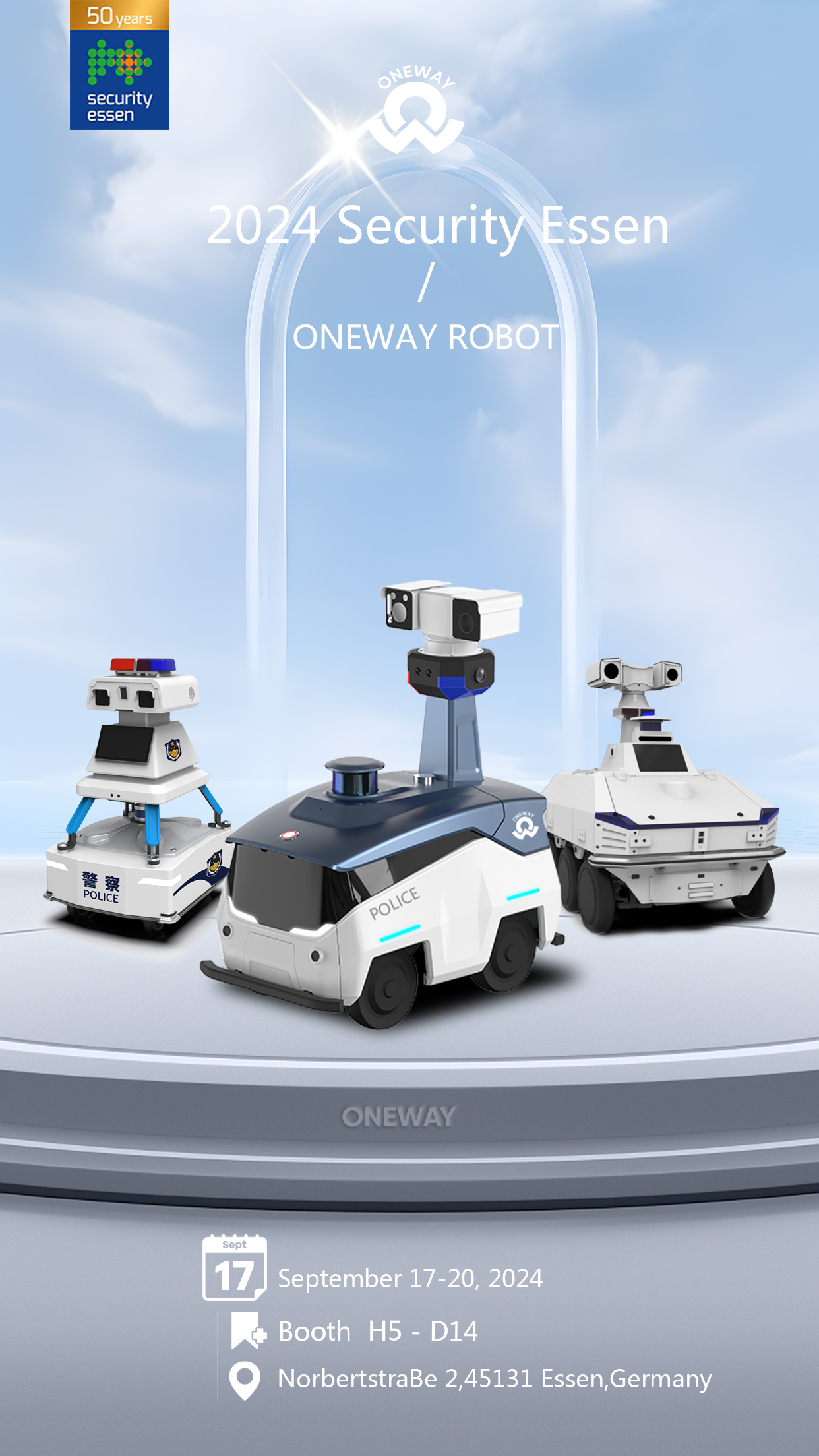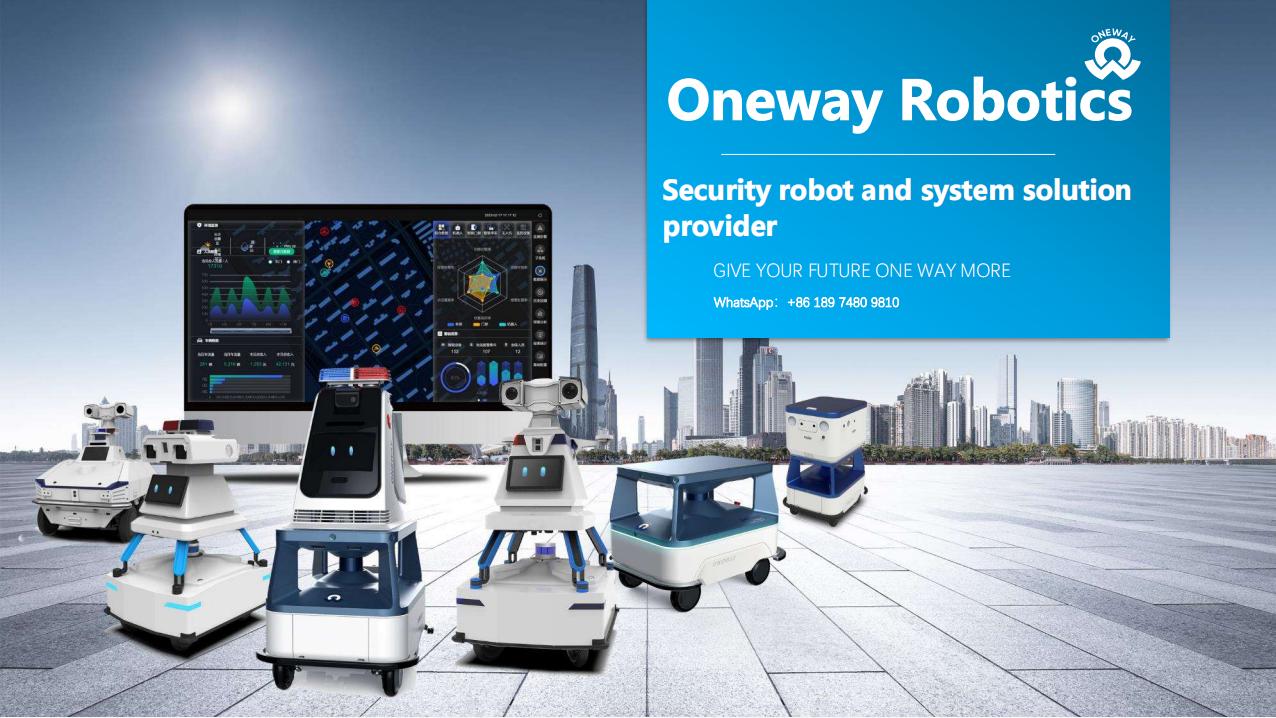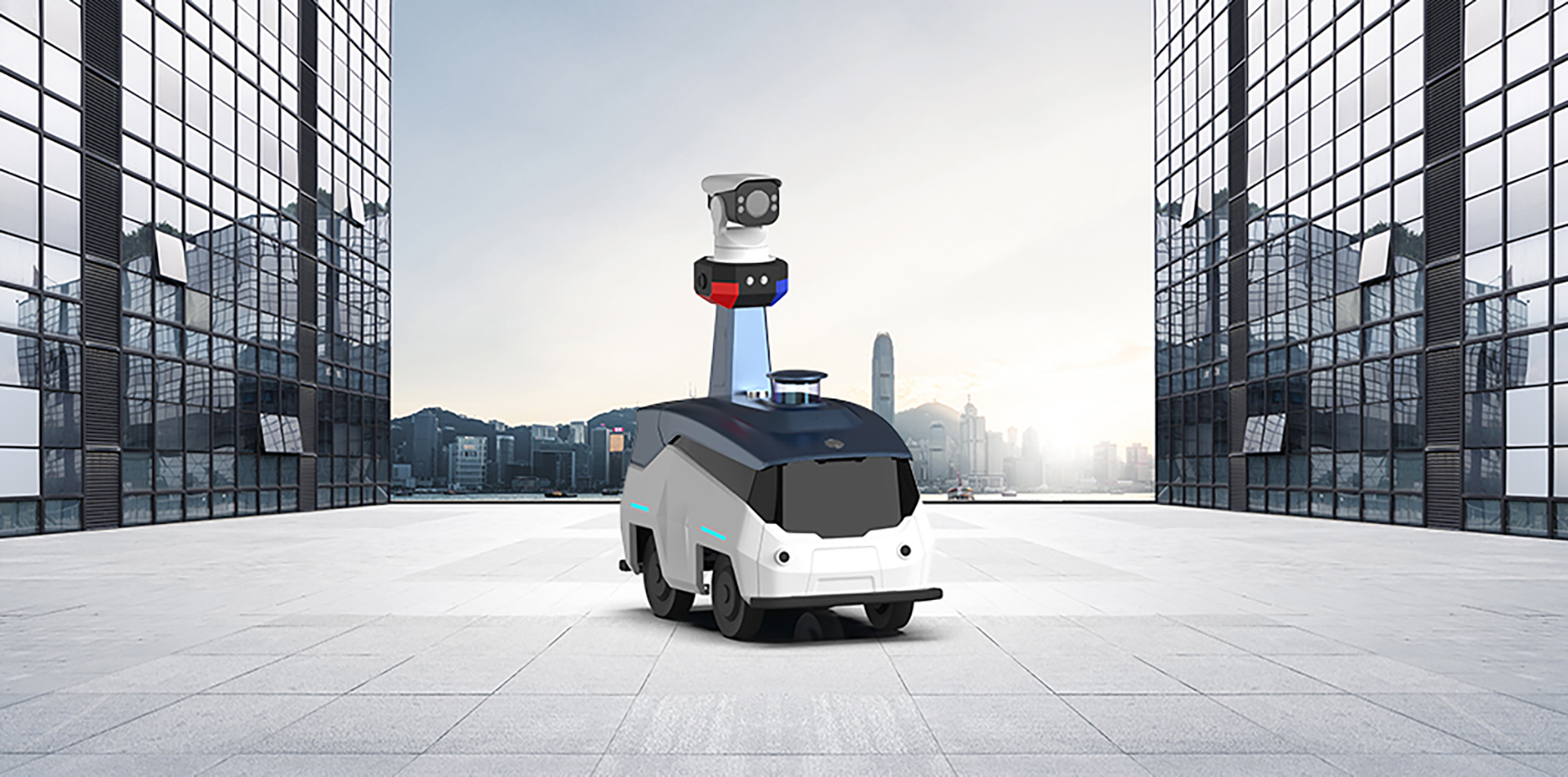The Security Robot Operations Management System is a software system designed to ensure the effective operation of security robots. It primarily includes modules for video and sensor data monitoring, hazard alarms and safety warnings, task scheduling and operational status monitoring, and remote control of robots.
The platform is composed of four layers: the Access Layer, the Service Layer, the Application Layer, and the Presentation Layer.
Access Layer: This layer is responsible for interfacing with various types of robots, acquiring real-time information and status, and enabling control over the robots.
Service Layer: This layer provides various backend support services, including voice recognition, video distribution, alarm handling, and task scheduling.
Application Layer: This layer implements business management applications, including on-site audio and video interactions, display and handling of alarm information, and media information playback.
Presentation Layer: This layer consists of browser and mobile application clients, which provide corresponding operational functions based on different terminals.
Traditionally, the operation mode of robot management systems involves each robot connecting to a central server, which directs the actions of each robot. This approach imposes significant computational pressure on the central controller and requires the deployment of servers and Wi-Fi networks within the warehouse.
Recently, advanced robot management systems have incorporated distributed database management systems (blockchain is a type of distributed database technology). This innovation enables direct communication between robots, significantly reducing the pressure on the central control system. Commands are issued from the order processing platform to the robot cluster, and information is transmitted through a self-organizing network of robots connected in pairs. A distributed database maintains the status of each task (e.g., picking and fetching), allowing each robot to decide on the optimal solution based on decision variables.

